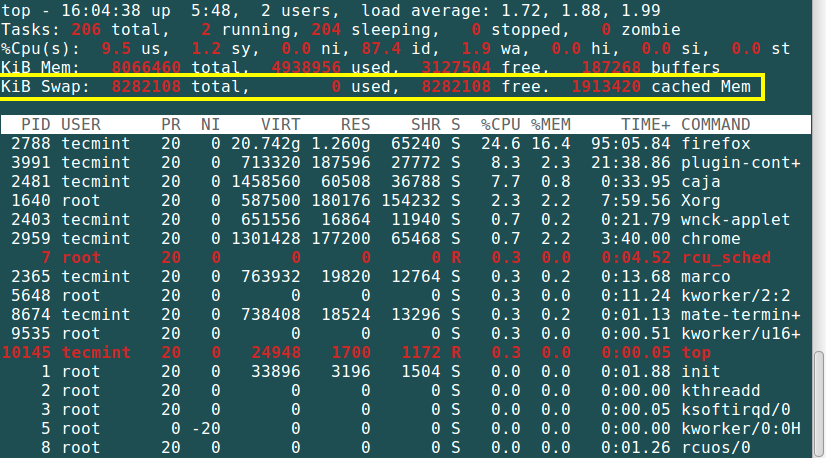

Using this method you can find out just about any shortcuts you want such as Computer Management, System Properties, Device Manager and almost anything else. The great thing about finding these command line arguments is they can be used in other places such as the Command Prompt, in your own batch files and scripts, and also in desktop shortcuts. With Process Explorer open, open the Create system image tool and you’ll find an extra argument is shown…Īs you can see, a /BLBBACKUPWIZARD argument is appended to sdclt.exe which takes you straight to the system imaging tool and not just to the Control Panel applet. If you run this executable on its own though, you will only end up at the Control Panel backup window, not the imaging tool itself. Look in the Command line box and the command can be selected and copied.Īs another simple example, when you create a backup using the built in System Imaging feature in Windows Vista, 7 and 8, it launches a tool called sdclt.exe. If you wish to have access the the command line arguments so you can copy and paste elsewhere, double click on the process to bring up the Properties dialog.

#Process monitor command line full
As you can see, this shows where the full rundll32 command comes from.Ĥ. This will show a tooltip which will also give the command line used. The simplest way to see the command line in use is just to hover the mouse over the process. Quickly look in the Process Explorer window and you’ll see a new process in the list that has turned green, this should be the process for Safely Remove.ģ. Open the Safely Remove Hardware dialog box by right clicking on the tray icon and selecting “Safely Remove Hardware”. Go to Options -> Difference Highlight Duration… and change the seconds value to 3 or 5 etc.Ģ. One option you might like to change is the time the program highlights a new process to make it easier to spot. Obviously you can substitute the Safely Remove Hardware example for anything you choose, the principle is exactly the same.ġ.
#Process monitor command line how to
Here is how to find out the command line for the Safely Remove Hardware dialog box. Process Explorer looks like a slightly fancier version of the Windows Task Manager, but it’s a very capable tool and can be used for tracking down all sorts of process related problems and digs deep into what resources a program actually uses. A popular program called Process Explorer from Sysinternals is a task management tool which can reveal detailed information about which handles and DLL processes have opened or loaded.


 0 kommentar(er)
0 kommentar(er)
